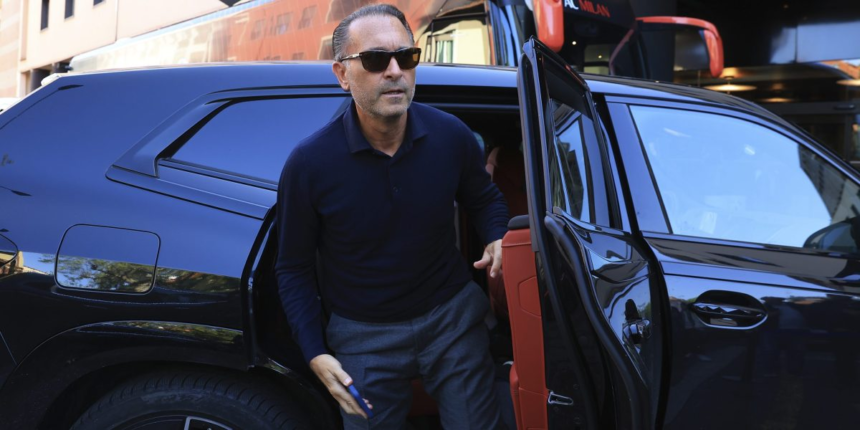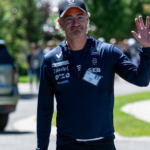Cardinale—a former Rhodes scholar and the kind of finance wonk who uses terms like “technological disintermediation”—suggests that it will take real discipline to position the iconic but battered studio for tech-forward survival in a ruthless streaming era.
In 2001, Cardinale helped persuade Yankees owner George Steinbrenner to launch the YES regional sports network, with Goldman sinking a $335 million private equity investment into the project. Cardinale saw the opportunity for the Yankees to monetize their own content—games, analysis, and original programming—rather than simply selling broadcast rights to local cable. The risky YES deal netted hundreds of millions in annual cash flow and fast-tracked Cardinale’s promotion to partner at Goldman in 2004. Eight years later, Goldman and Providence Equity sold a 49% stake in YES to News Corp at a valuation exceeding $3 billion—up from a starting valuation around $850 million in 2001.
Cardinale’s success with the Yankees helped prove what was to become a foundational thesis for his investment strategy empire: While platforms, formats, and technologies shift, the audience attachment to compelling IP (a storied sports team, a blockbuster movie franchise, a beloved character) persists. This durability enables monetization through endless new business models as the landscape evolves.
Cardinale left Goldman in 2013 and founded RedBird the following year with $665 million he raised for an inaugural fund. Cardinale’s strategy at RedBird has consistently followed his formula: Acquire premium intellectual property, streamline costs, then monetize it.
Cardinale has also long backed David Ellison’s vision for Skydance. In 2020, RedBird became the second largest investor in Ellison’s company, leading a $275 million capital raise. Cardinale helped raise an additional $400 million for Skydance in 2022.
So far, this ethos has paid off for Cardinale. But the road ahead for Paramount is full of formidable challenges: a declining linear TV sector, billions in debt, brutal streaming wars, and a workforce still reeling from multiple layoffs—and likely more to come with the additional $2 billion in cuts pledged by Ellison. The new leadership’s promise of “transformation” now rests on whether they can drive efficiency without eviscerating the creative core.
To do so, Paramount, a Skydance Corporation, will likely bank on Cardinale’s IP-optimizing strategy. In Cardinale’s model, every acquisition is meant to outlast market cycles and fads, thriving on operational rigor and adaptable “platform value” that eclipses the old trophy asset mentality.
And Paramount, with its more than 100 years of lore, upwards of 1,200 film titles, and the distribution rights to thousands of other films, is chock full of platform value.









